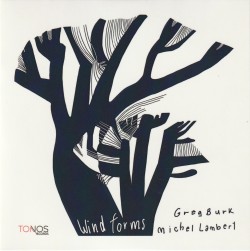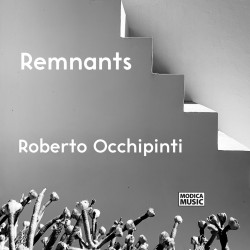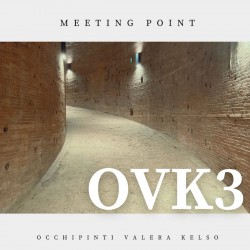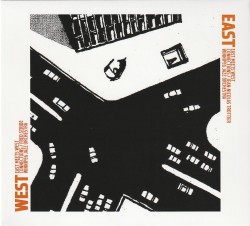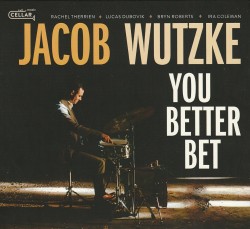Kenny Wheeler Legacy: Some Days are Better - Royal Academy of Music Jazz Orchestra; Frost Jazz Orchestra
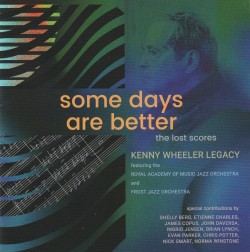 Kenny Wheeler Legacy - Some Days are Better
Kenny Wheeler Legacy - Some Days are Better
Royal Academy of Music Jazz Orchestra; Frost Jazz Orchestra
Greenleaf Music (glmstore.bandcamp.com/album/some-days-are-better-the-lost-scores)
Canadian Jazz trumpeter/flugelhornist Kenny Wheeler’s position is analogous to Norman Bethune’s: more famous abroad than at home. Toronto-born Wheeler (1930-2014), who moved to the UK in 1952 was equally proficient playing commercial studio gigs; big band jazz with Johnny Dankworth and others; and free music with the likes of Anthony Braxton. He also composed intricate scores, most of which were played only once for BBC radio concerts in the 1970s.
Not really “lost,” 11 of these scores are performed by 34 musicians drawn from Miami’s Frost School of Music and London’s Royal Academy of Music. Reconstitutions of these impressionistic, quietly swinging tunes are expanded when the ensemble(s) add veteran soloists who earlier collaborated with Wheeler himself.
The title suite for instance uses brass blasts to surround Norma Winstone’s wordless vocals both shredded and soulful, with Evan Parker’s circular breathed emphasis following contemporary electric piano jangling. Parker’s pressurized tenor saxophone is inventively matched with growls and flutters from trombonist Sam Keedy on C.P.E.P., as drum beats push the large ensemble forward; while flugelhornist Brian Lynch’s measured pitches face off with a three-saxophone choir blend on D.G.S.
Not every track is given over to the professionals however. Maria Quintanilla’s bel canto vocal coloration on a couple of tracks, bassist Nikolas Lukassen steadying swing throughout and Some Doors Are Better Open’s gentle duet of flugelhornist Etienne Charles and tenor saxophonist Emma Rawicz confirm younger players’ skills and the continued appeal of Wheeler’s music.


